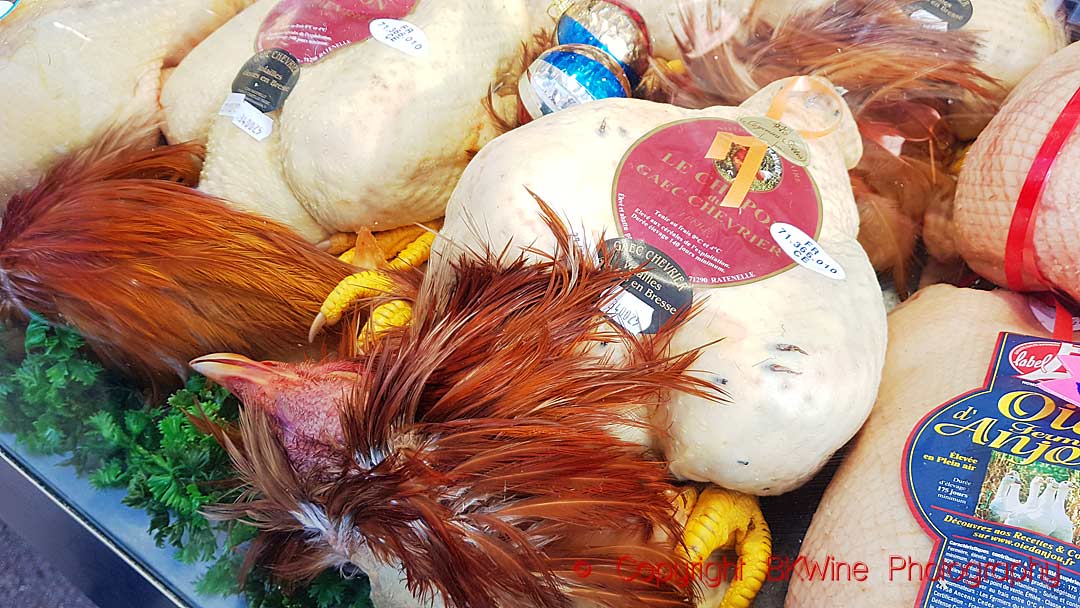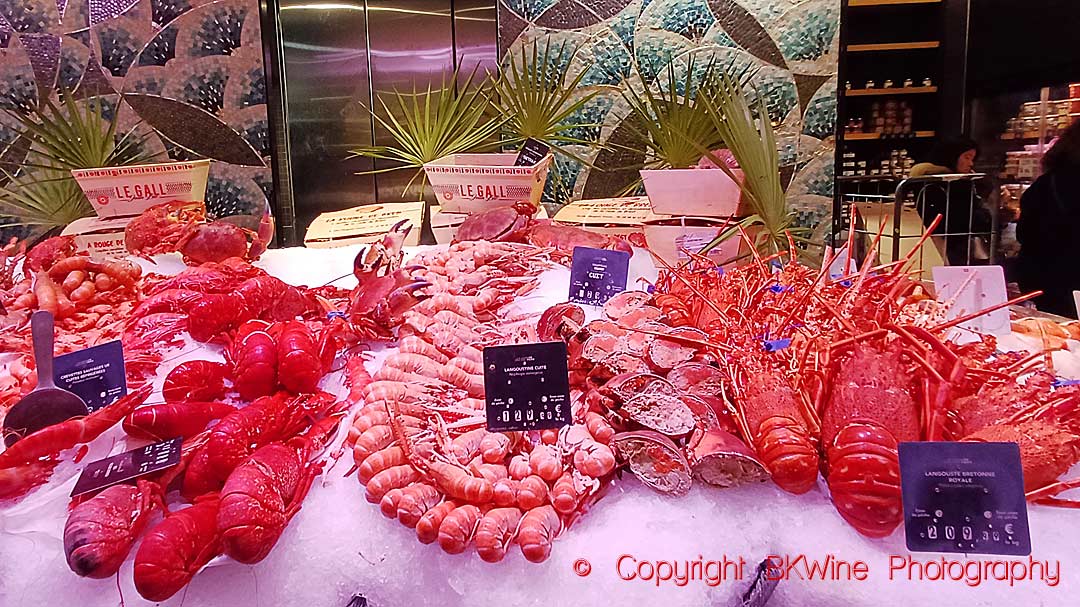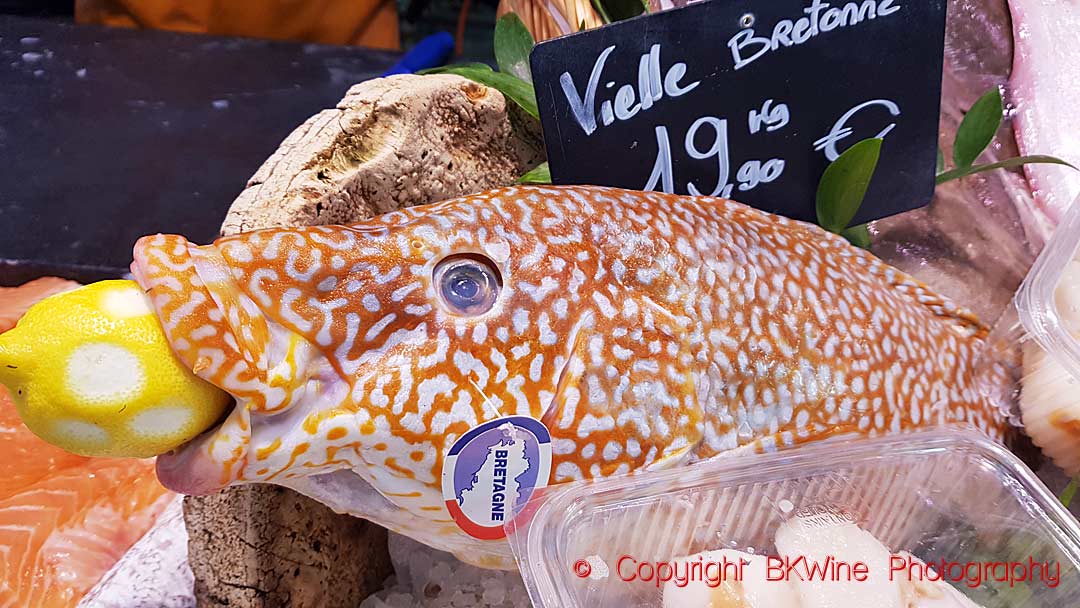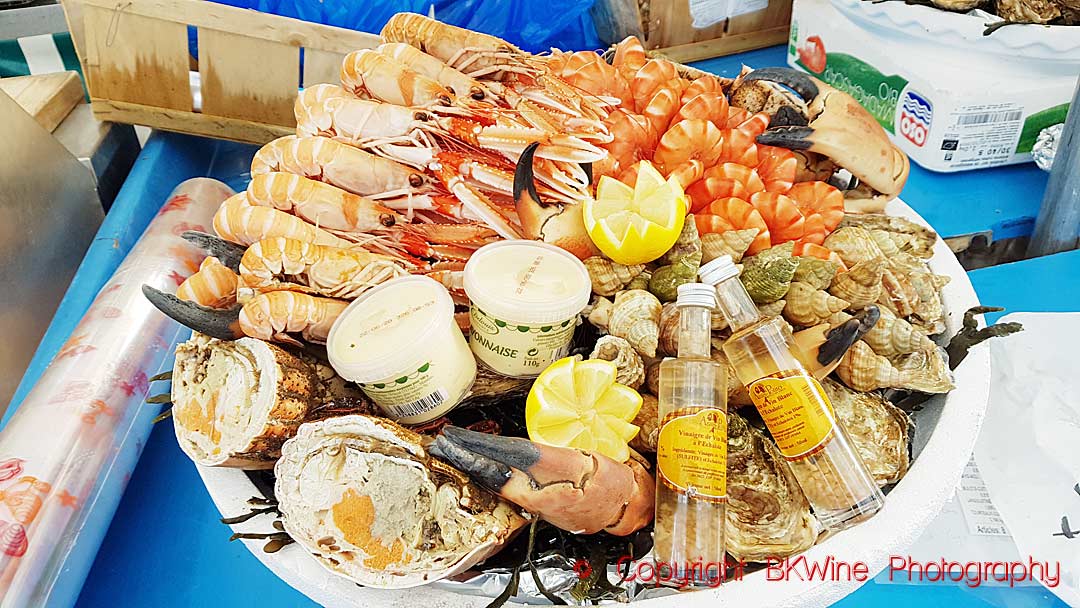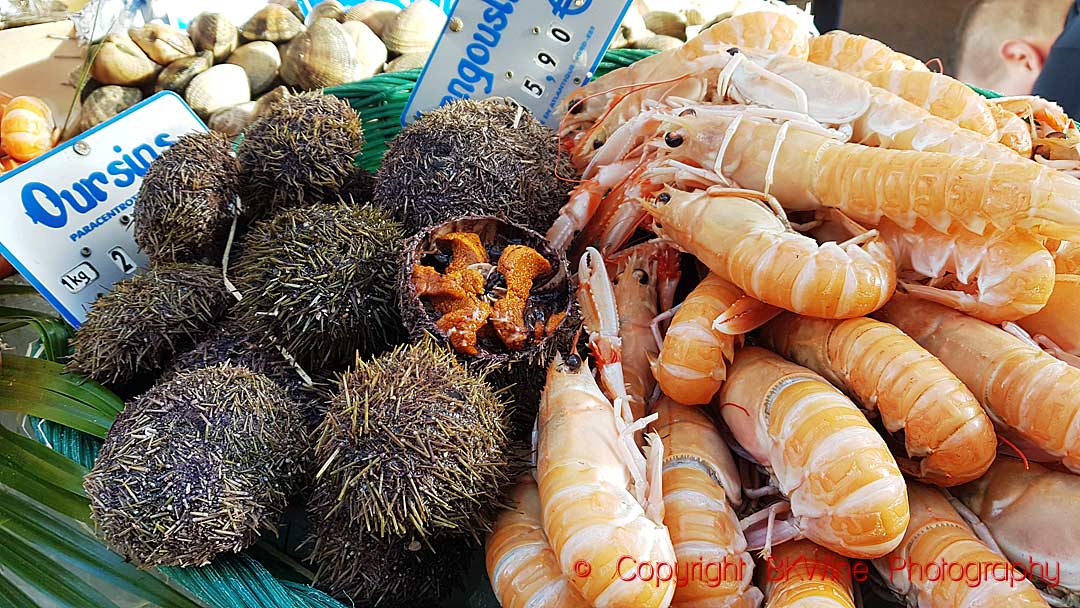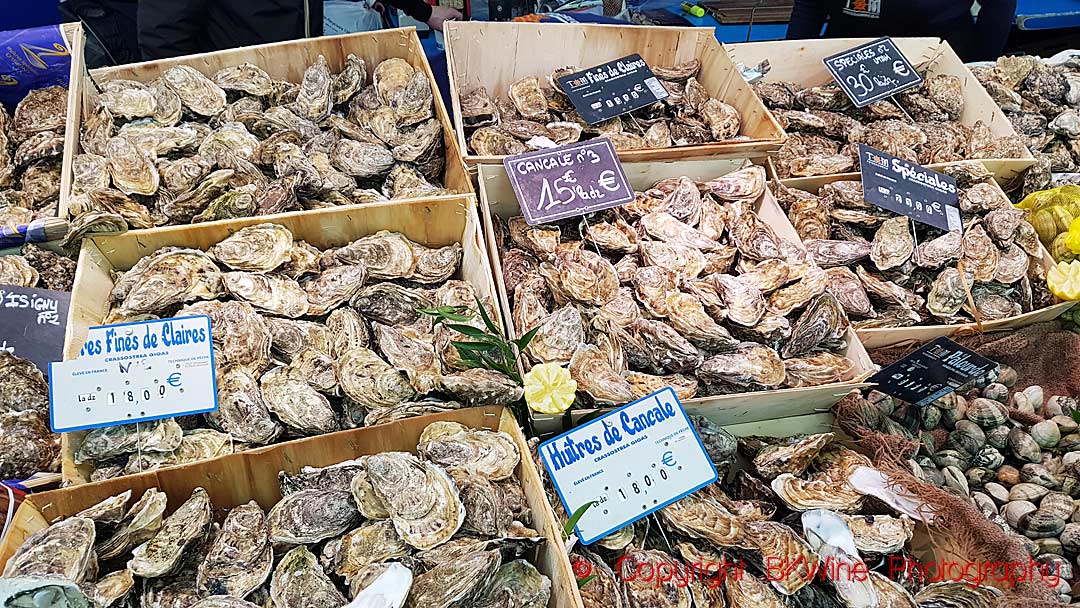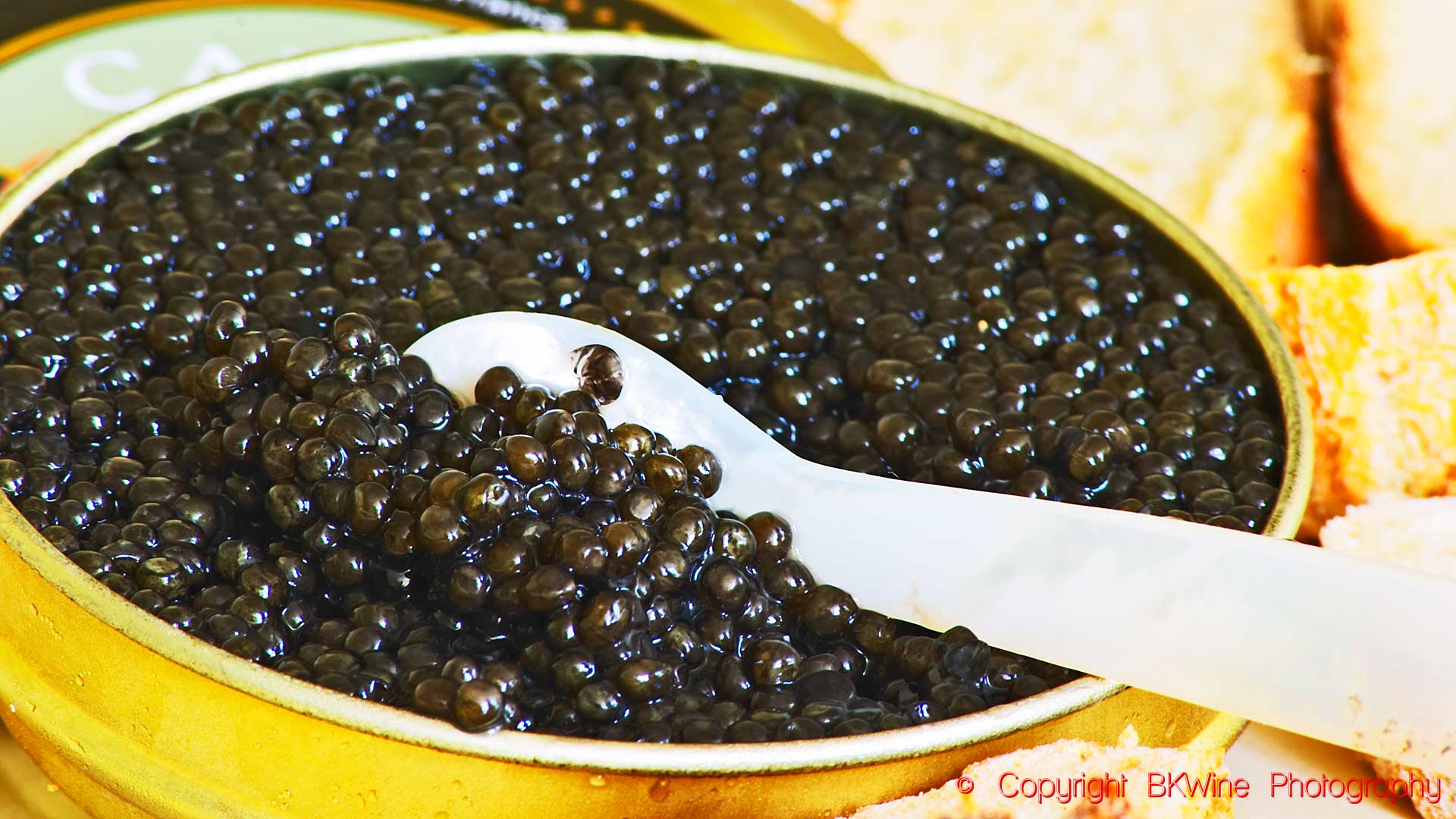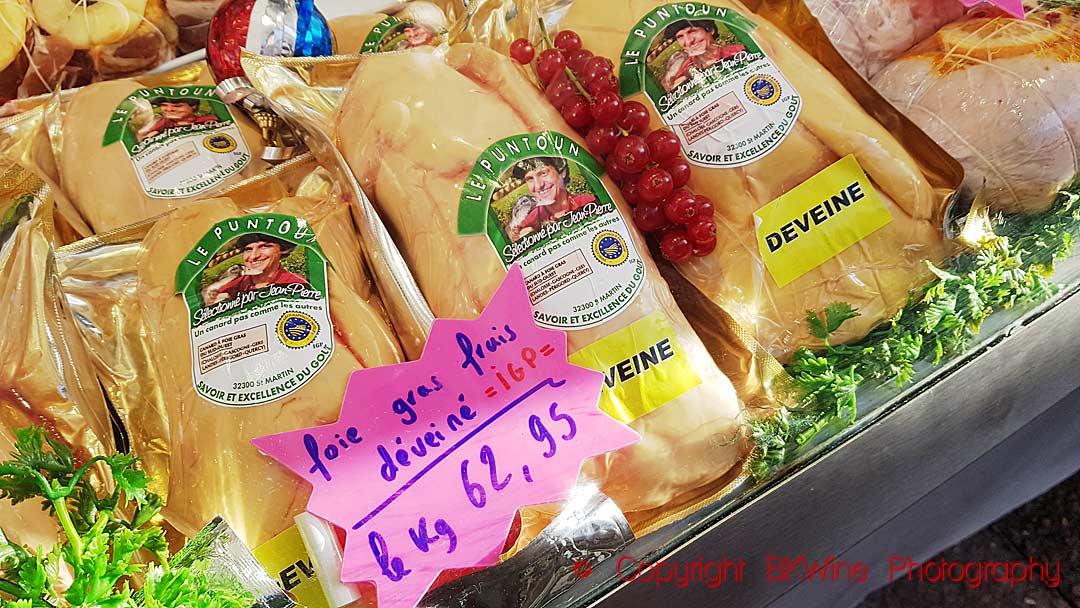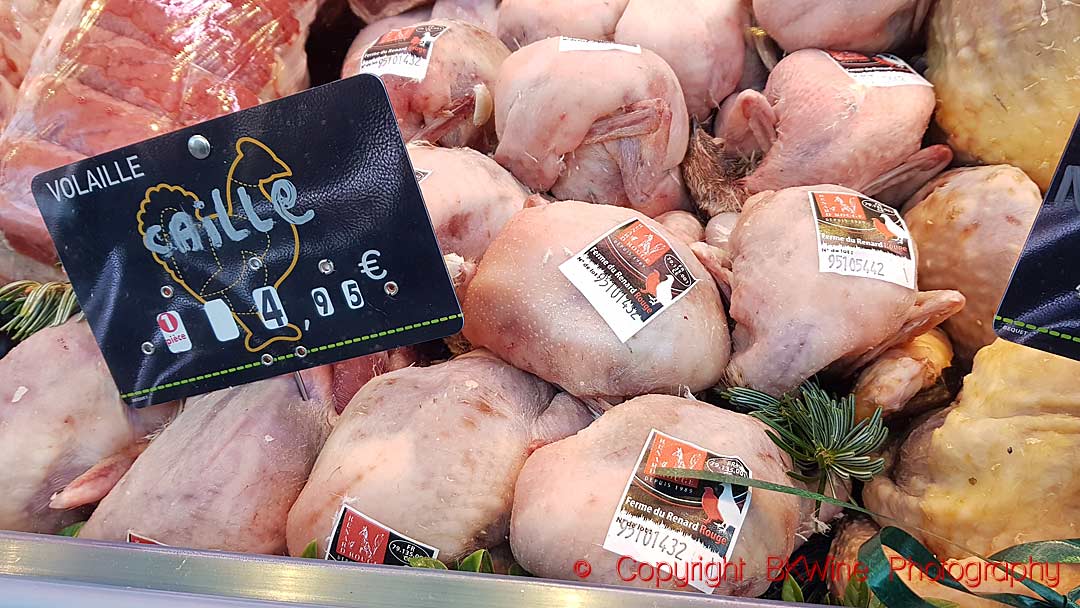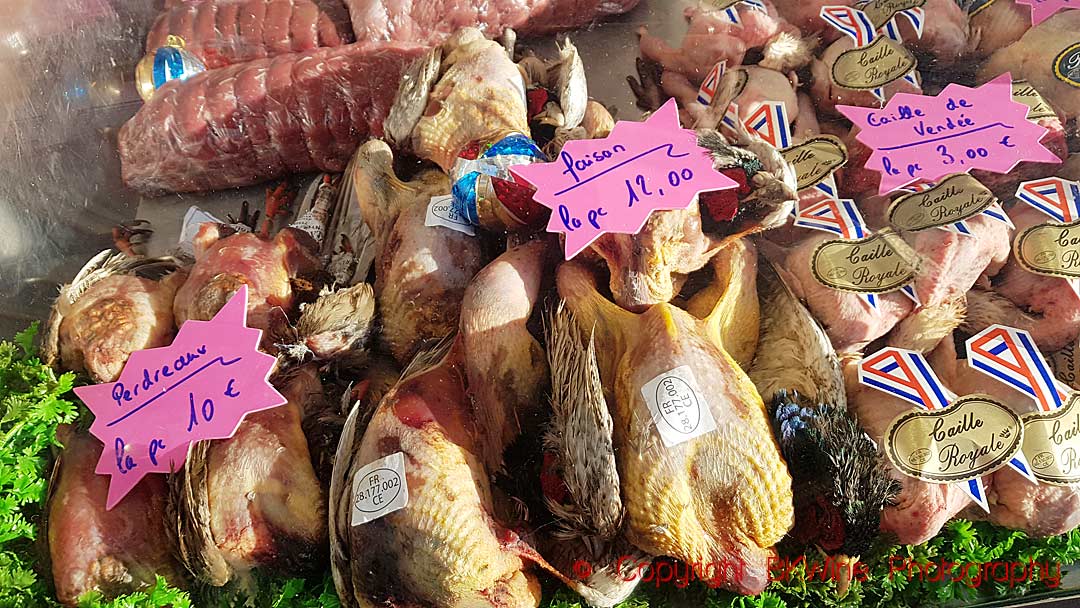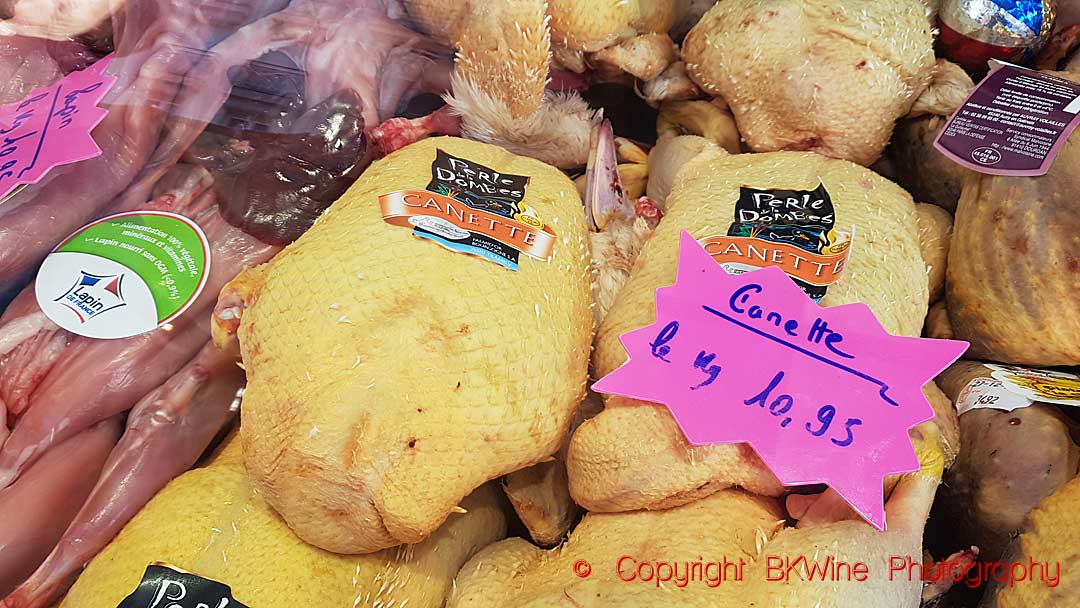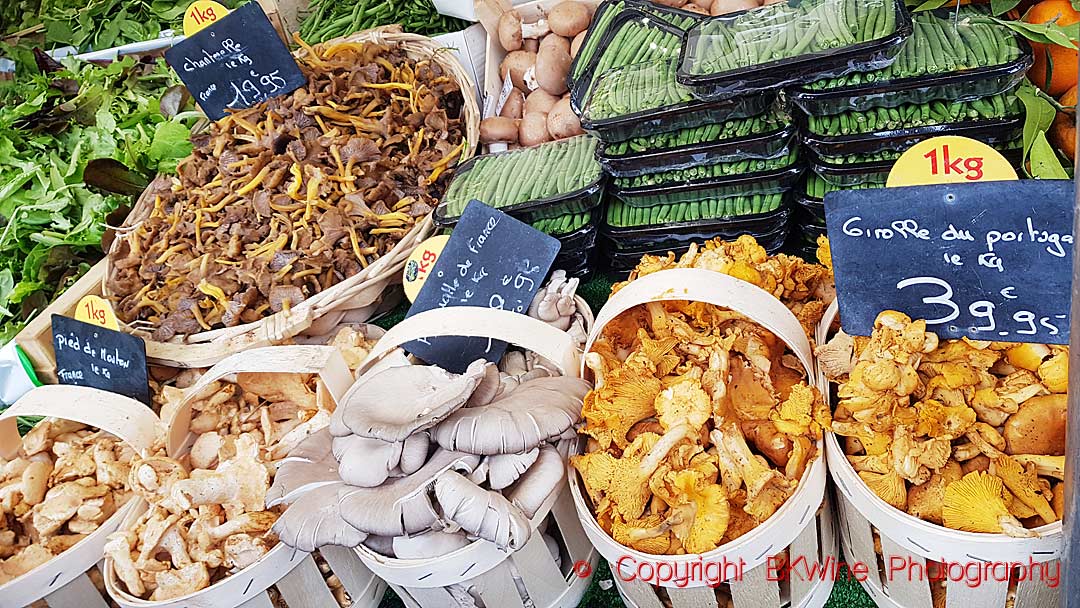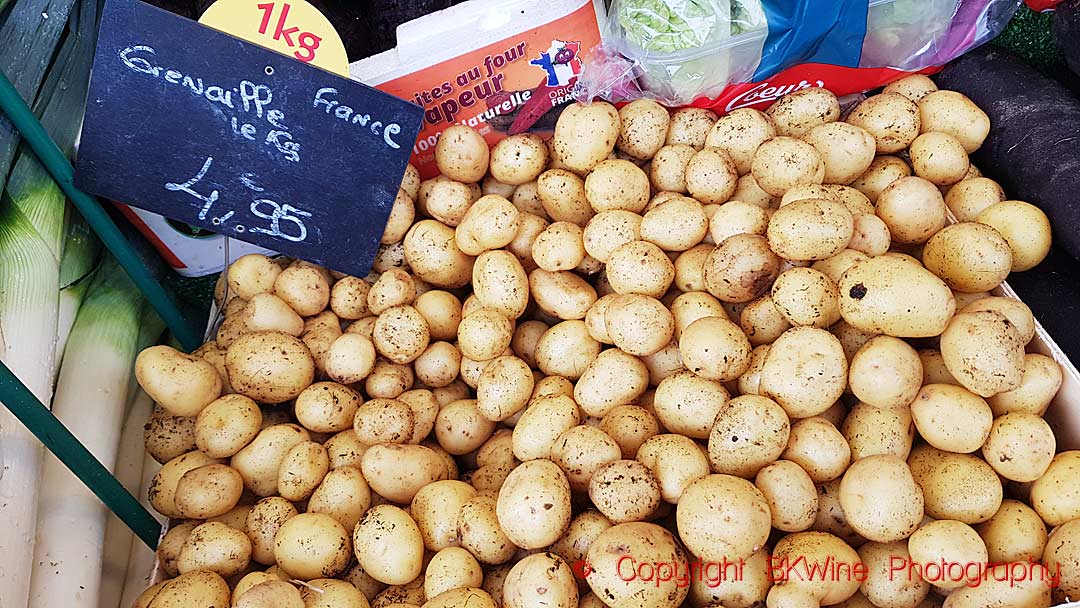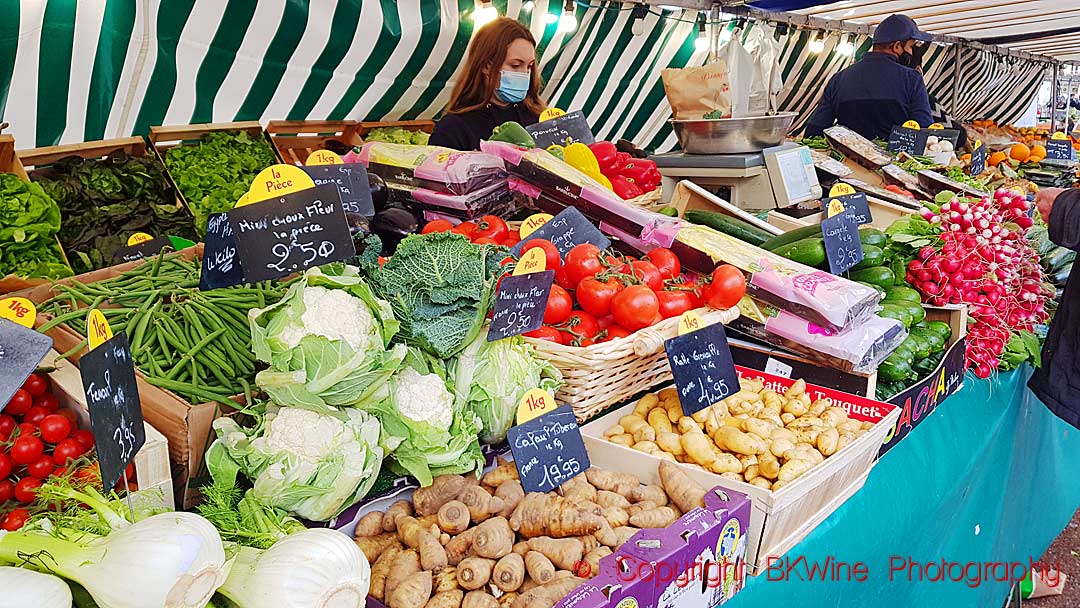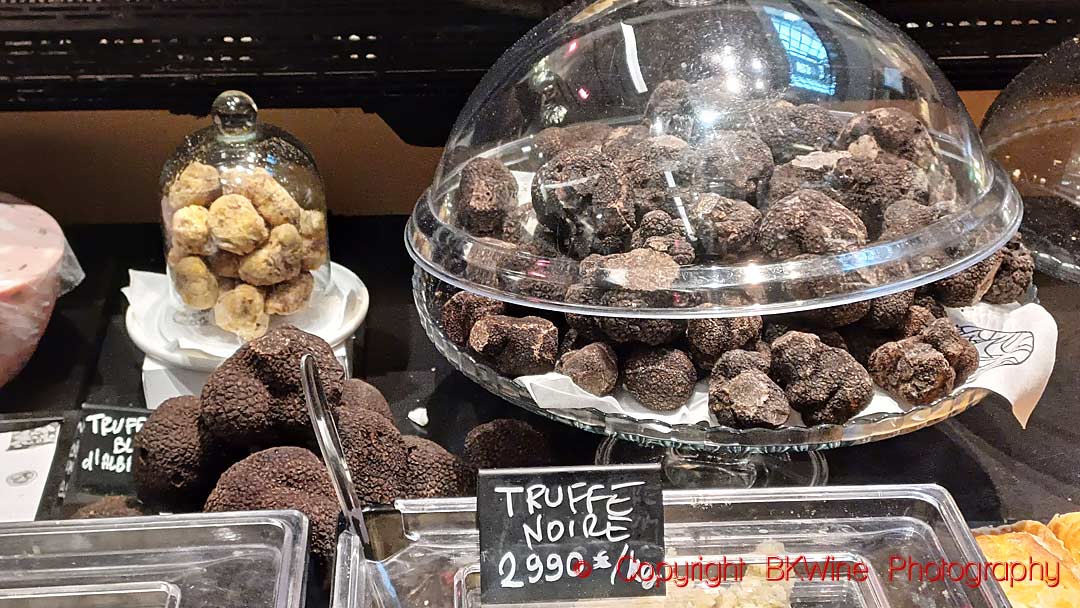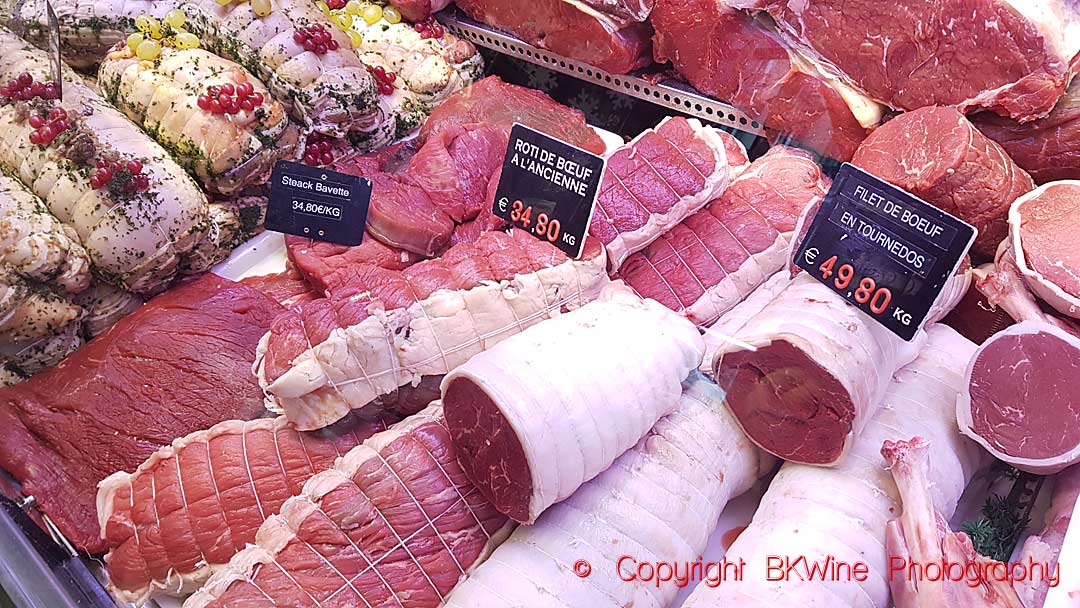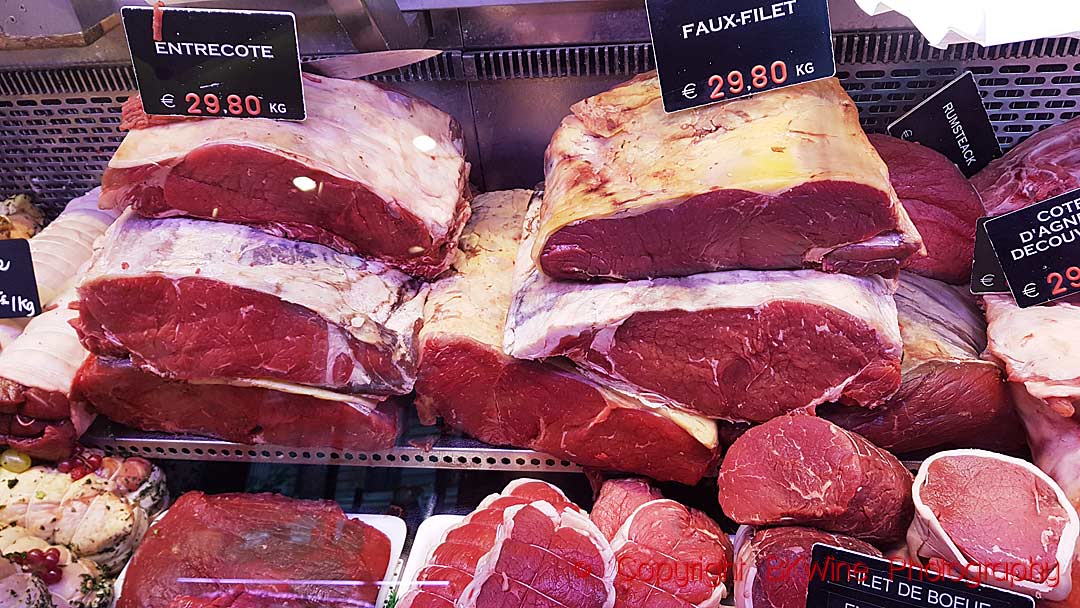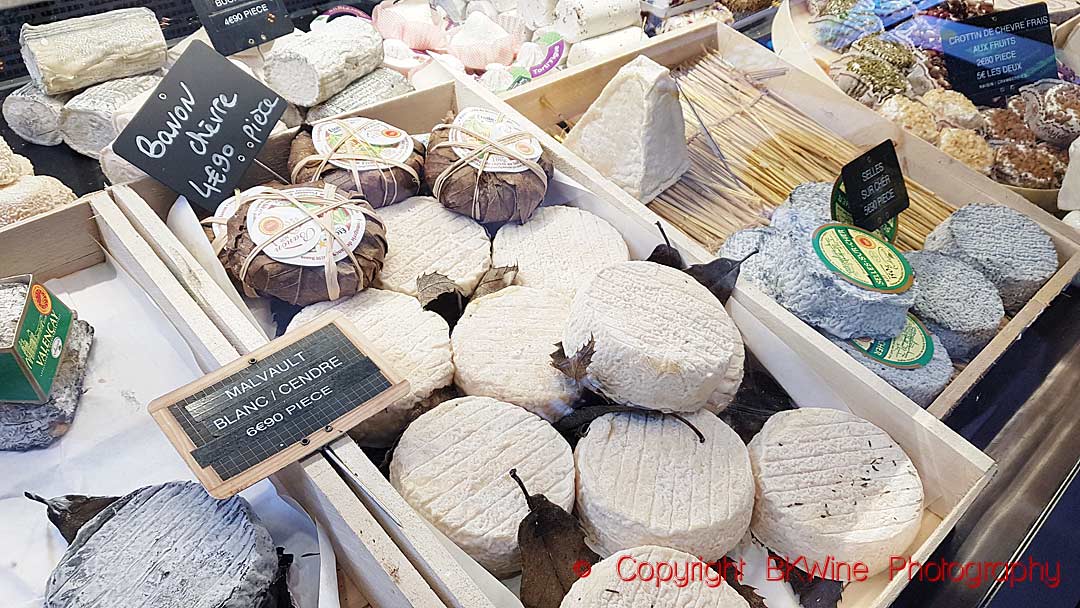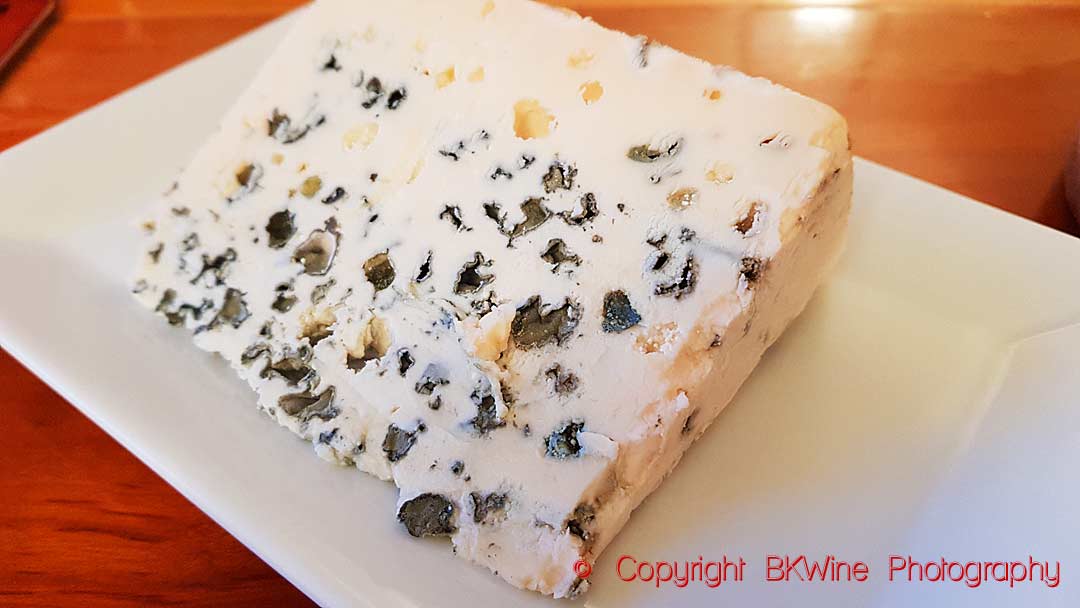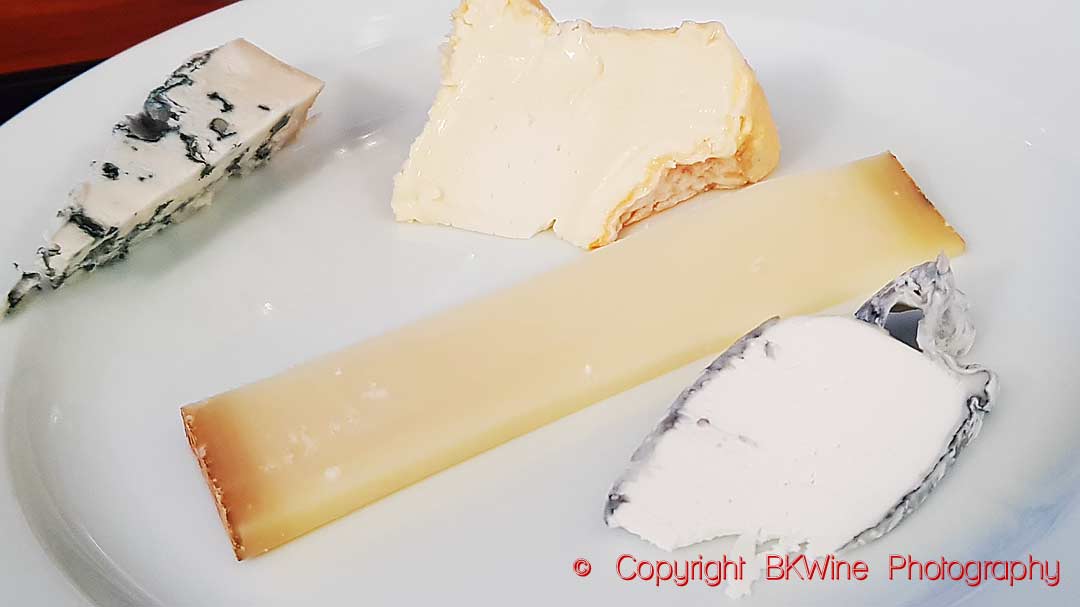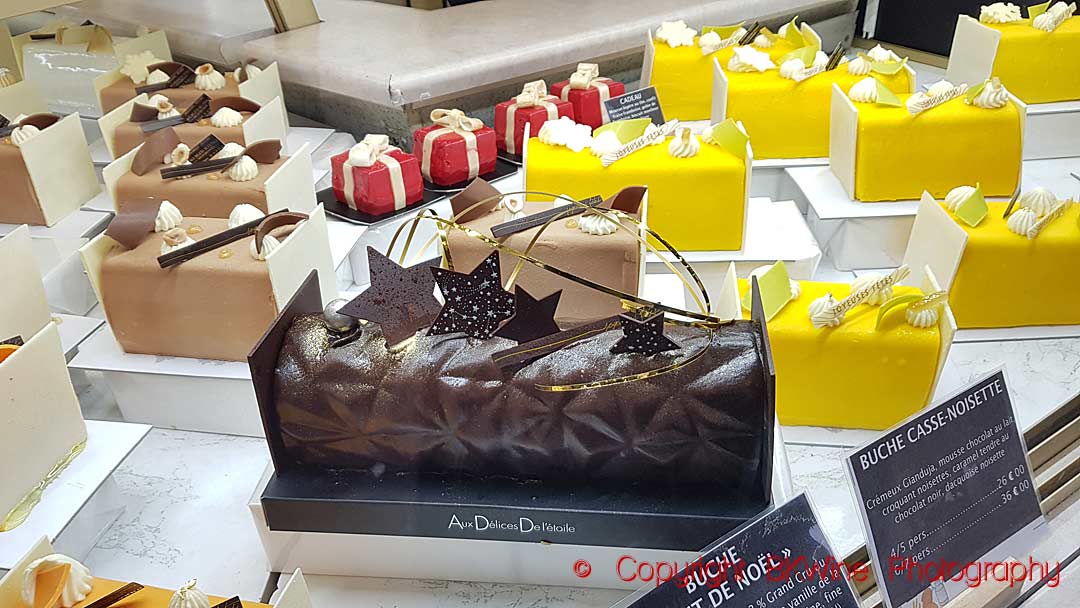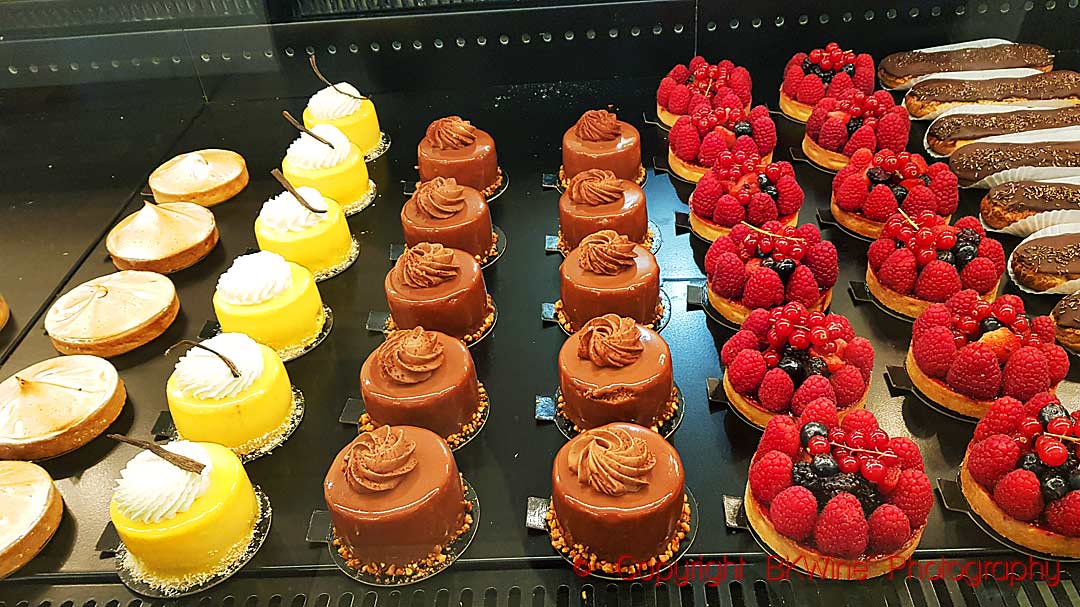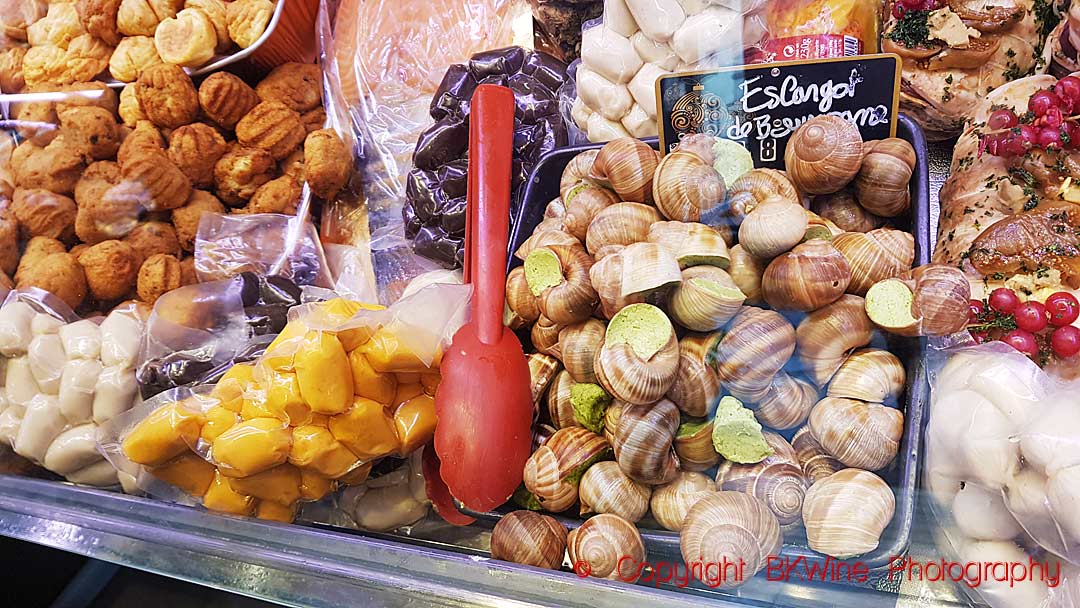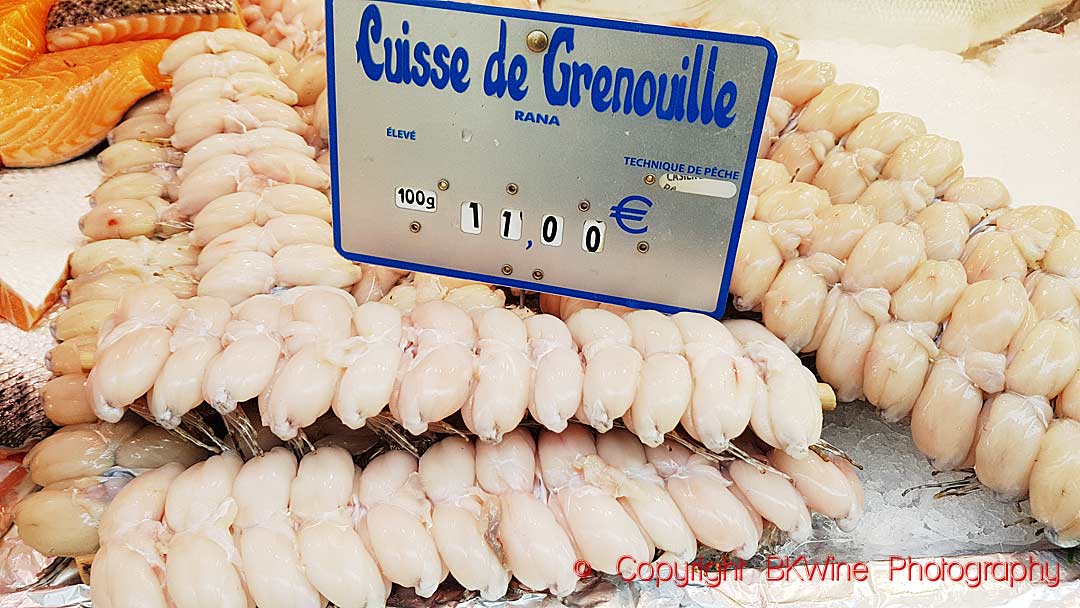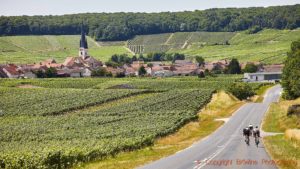Travelling on a wine tour in France is a perfect opportunity to enjoy fantastic meals paired with excellent wines. French gastronomy is one of the world’s best (it is, of course, a matter of opinion and taste). At the end of the year—that we have just passed—the French seem to be trying to catch up on all the good things that they have missed on the table during the past year. French Christmas and New Year gastronomy is not really very seasonal or specific. It is more a celebration of everything good on a dinner table. Here’s a little review of some of the French food specialities you will see in France over Christmas and New Year – but also all the rest of the year. For example, on a wine tour.
Food and gastronomy is important in France, perhaps more so than in any other country. People talk about food; people care about the quality of what they buy; there are still open-air food markets, even all around Paris, where people go shopping for fresh food three days a week. Or bread every day. Where we live, we have at least four outdoor food markets within easy walking distance with at least one open each day of the week, except Mondays (you don’t shop for food on Mondays…).
Apart from “a lot of the very best”, there are, however, a few specialities that you almost only see on French tables at the end of the year:
- The capon (chapon) or a well-fed Bresse chicken (volaille de bresse)
- Marrons glacés, candied chestnuts
- La bûche de noël, the log cake
And perhaps a few more.
What’s on a festive table in France depends very much on which part of the country you’re in. The food specialities are very regional. There’s a world of difference (and 1200 kilometres) between the Alsatian choucroute and the confit de canard from the South-West. If all of France is a virtual celebration of good food and quality of life (although some French don’t seem to agree), then the festive season around Christmas and New Year must be considered to be an orgy. Being a foreigner in France, I’d say there is no typical Christmas food (with a few exceptions). Instead, the French celebrate the end of the year by eating a lot of the very best.
Let’s enjoy a celebration in pictures of some of the good things people eat in France at this time of the year. And the rest of the year. Here are a few pictures collected mainly from food markets we visited in December. It is not any special places (except for the truffles shop), just regular neighbourhood food markets. You can tell from the pictures that people care about their food.
Seafood and fish
Seafood is certainly important around Christmas time, but also the rest of the year. Some seafood is seasonal. For example, scallops (coquilles saint jacques) can only be found from October to the end of April. But not oysters; they make an appearance on the tables year-round.
For many people, Christmas without oysters would be impossible. A typical French household buys over nine pounds (four kilos) of oysters annually. Half of that is consumed over Christmas and New Year. So it is not surprising that there are street sellers of these molluscs outside many cafés at this time of the year.
But They fill up on many other types of seafood, too. Lobsters, with a preference for the black lobster from Normandy, if one can afford it, langoustes, the big spiky bright orange crawler that is called lobster in some countries, the smaller langoustines, scallops, sea urchins, razor clams, gambas sometimes as big as a small lobster, and much, much more.
There are many different kinds of fish, caviar, sea snails, crabs and many I hardly know the name of. If you plan ahead, you place an order with the fishmonger, and they prepare a “plateau” with everything nicely organised and laid on ice that you can put directly on the table.
The French have also become very fond of the Swedish marinated salmon called gravlax (here’s how to make your own gravlax), which literally means marinated salmon. You can even see bizarre things on menus, like gravlax de boeuf. They seem to think that gravlax is the way to prepare it, so they sometimes say gravlax de saumon, marinated salmon of salmon…
Birds or fowl (and game)
French are very fond of birds, of eating them. I don’t know if they eat more fowl than other nations, but I wouldn’t be surprised. There are certainly more different kinds of birds on the markets here than I have seen in any other country.
So, birds are also often on the table, many different kinds and many different parts of them. This year, there is a scarcity of some types of birds, perhaps due to some bird diseases that have struck parts of the country, so we could not find our traditional pigeon for Christmas Day dinner. We did manage to get some for New Year, though.
Foie gras is a must-have. It comes in many different forms. The best is, of course, foie gras frais, fresh foie gras, from a producer you trust. Much of it comes from the South-West.
One type of fowl is very typical for Christmas: the capon (chapon), a castrated male chicken fed to become fat, sometimes replaced by a chicken from Bresse, often wrapped in a traditional cloth. But I have the impression that this tradition has weakened a bit. There seem to be fewer unfortunate male chickens in the shops in recent years.
Duck, quail (and the tiny quail eggs), pheasant, partridge …, and guineafowl, pintade, too, but it’s hardly worth a mention since you see so much of it all year round, almost as popular as chicken.
The fowl merchant is also the one who sells game, both game birds and other kinds of game that we see in autumn and winter. Sanglier, wild boar, is a favourite.
Vegetables and fruit
Vegetables are a feast all year round in France. We have, for example, about a dozen different kinds of tomatoes to choose from in season. But vegetables are perhaps not very seasonal, meaning there are no particular ones you have for Christmas.
The mushrooms make a very welcome appearance at the vegetable stands this time of year (well, often starting in early September). Perhaps the most highly regarded one is the cèpes, porcini, Boletus edulis. (In Sweden, they are called Karl Johan mushrooms. I have figured out that this is because Sweden needed a new king in the early nineteenth century, so we imported one from the south of France called Jean-Baptiste Jules Bernadotte, Marshal of France. In Sweden, he became King Karl XIV Johan. In his native Sud-Ouest, the cèpe is a highly regarded delicacy, but not so, at the time, in Sweden. But since the new king liked them, it became trendy, and they were given the king’s name. At least, this is my personal theory.)
There are plenty of girolles (called chanterelles in some other countries), chanterelles (which are not the same as the English chanterelle), trumpets of death, pied de mouton (foot of the sheep) and others.
And, of course (!), truffles. France, too, is a big truffles country. There are the most sought-after black truffles from the Perigord, Tuber melanosporum, the summer truffle, and the autumn truffle, and there is probably also someone who has the white truffle that has made Alba famous (Tuber magnatum pico).
I find it fascinating (and encouraging) that at our best local market, there are more vegetable and fruit sellers than any other type of food. Four vegetable stands, one for meat, one for fish, two for cheese, one for birds and game, one for bread, etc. We often spend more money on vegetables than on fish or meat. The delicious potatoes at 4.50 euro per kilo is not a joke, they are delicious.
Another Swedish speciality that has become all the rage in the French gastronomic press in recent years is hasselbackspotatis, potatoes made in the fashion of Hasselbacken (a classic restaurant in Stockholm).
Meat
There will undoubtedly be some excellent pieces of meat also served sometimes during the festive season. The French are very keen on their meat and are also very picky as to how it is prepared. Even in the simplest restaurant they will ask you how you want it cooked. Anything from bleu (very rare), to bien cuit (well-done; to be avoided, most French will tell you. With good reason).
Considering the excellent quality of the meat, particularly beef, in France and the French’s love for a good steak frites, one might think that France is one of the top beef meat eaters in the world. But that’s not the case. According to WordPopulationReview.com Argentina comes first in the ranking of beef eaters (47 kg/person). France is only in 24th place with around 21 kg per person per year. The US is number three. Even Swedes eat more beef than the French, coming in 19th place.
And then we have, of course, absolutely delicious lamb, pork, charcuteries, sausages etc.
Cheese
Cheese is a must for any serious French meal, but it is not (not at all!) particularly Christmasy. Nevertheless, it is essential. “How can you govern a country with 365 cheeses?” someone is supposed to have said. Perhaps Général de Gaulle, perhaps Napoleon. But probably it is a myth. There’s also the saying, attributed to Brillat-Savarin, that a meal without cheese is like a beautiful woman with just one eye. He lived in the 18th century, so at that time, perhaps it was acceptable to say such a thing. Today, I find it rather offensive. Nevertheless, he has a cheese named after him, the very creamy brillat-savarin.
France has much more than 365 different kinds of cheese. In our local cheese shop, there are more than half a dozen different Roqueforts, and when I say Roquefort, it’s not just any blue cheese. They really do come from the appellation Roquefort. In addition, there are probably twenty other types of blue cheese in that shop, including imported Stilton and even Shropshire (delicious!).
Many French cheeses have a specific geographic denomination and must be made according to certain traditions. So, if it says Swiss Cheese, it certainly comes from Switzerland, not just any cheese with holes.
There are cow milk cheeses, sheep milk cheeses and, of course, the famous goat cheeses called chèvre. When you shop, they ask you how you want the cheese (soft, hard, young, old,…) and often also when you are going to eat it. A Camembert to serve today is different from one you’ll eat next week.
And just to be clear, the cheese is served after the main course and before dessert. Cheese is not a replacement for dessert.
All in all, France is, without a doubt, the world’s best cheese country.
Cakes and dessert
One of the few things genuinely and only for Christmas is the bûche de noël (yule log), a rolled-up sponge cake vaguely resembling a log, usually filled with very creamy and buttery (oh, la, la) filling. These days, it can take the most fanciful colours and shapes. Personally, I think it is a good thing we are spared this for the rest of the year. The French bakers and confectionaries can make so much better things.
What about the snails and frog legs?
Yes, what about the snails and frog legs? This is often what foreigners think are the emblematic French dishes. In fact, it is something one rarely sees, even in restaurants. You can find snails in traditional restaurants, especially with a Burgundian touch, but frog legs… I think the times I have seen them on the menu are less than what can be counted on the fingers on one hand.
Even if it is not Christmas time or New Year celebration, you can be confident that you will get some delicious meals when you come on one of our wine tours, some excellent examples of French gastronomy.
Experience French gastronomy yourself
One of the very best ways to really enjoy French gastronomy is, of course, to join a wine tour to France. On all our tours, we place great emphasis on the meals. And, of course, the wine at the meal also has a big role to play. The best way to discover and explore it: a wine tour in France with BKWine, to many different wine destinations.

